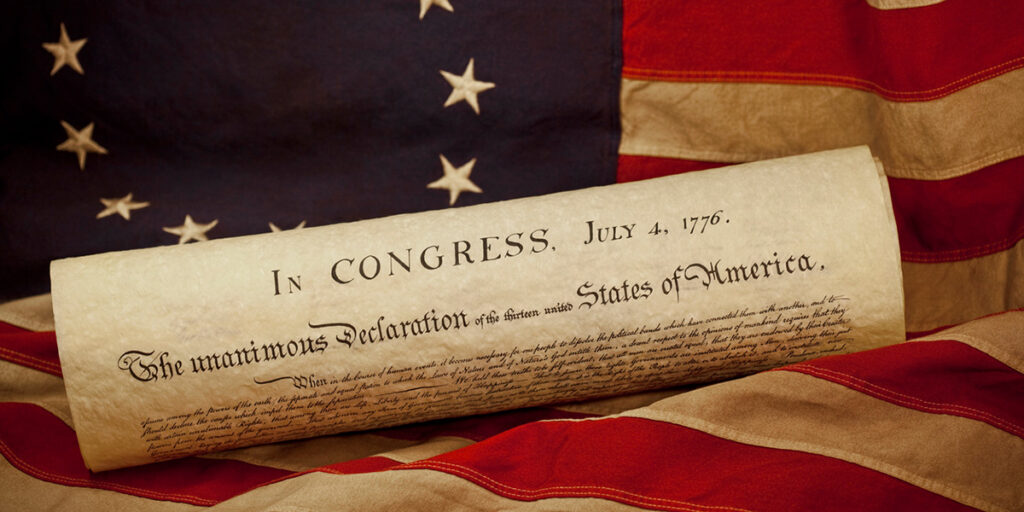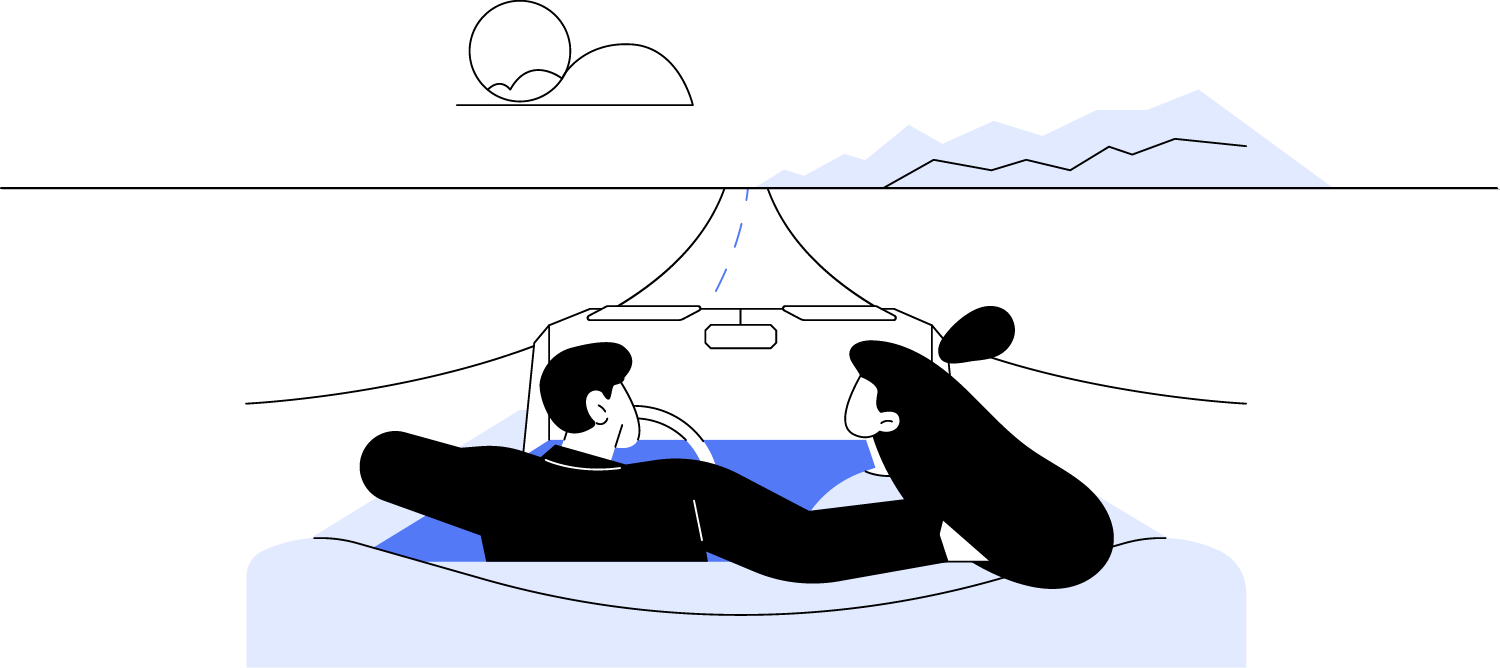For those of you who would prefer to listen:
As goes Disney, so goes the nation. That’s a popular phrase used for years, as the company touches so many aspects of America’s Economy, from coast-to-coast. Today Disney spans the globe. Perhaps soon, the phrase will expand to the World. Ultimately, it will no doubt include AI.
Disney is worth studying in so many ways. Representing one of America’s greatest success stories, it’s incredible to see how the company kept innovating long after Walt passed. That was in 1966, 5 years before Disney World opened in Florida. The Disney story almost never was. You see, Walt’s first character was snatched from him. It was a rabbit. His employees left too. Disney was devastated. He needed to reinvent himself. He created a mouse. His wife named it Mickey. It worked. You know the rest.
Walt’s vision lives on, far beyond the individual. Many others have joined along the way, making their own contributions to the evolutionary Disney story. There have only been 6 Disney CEOs since Walt. One of them just made a comeback. Something not completely uncommon in Corporate America, former CEO Bob Iger took back the reigns. There was concern that the company was losing its way and it needed to return to what made it great. That has certainly happened many a time at the “Mouse House.” Disney once again is a turnaround story.
Disney is dealing with a host of issues that are present throughout our nation. Among those issues are: succession, economic slowdown, re-opening of America, inflation, transition from traditional to digital entertainment, a writers strike, and political division. We learned a lot about these issues and how Disney is dealing with them this week with the company’s earnings report.
Americans have been out and about for over a year. Disney’s quarterly report validated it again. After being in lockdown for so long, people have been antsy to travel and recreate. Disney’s theme parks are a popular attraction. The traffic proved it. Disney’s theme parks saw 17% revenue growth in the March quarter. Its international parks saw a doubling in revenue from the year prior. The re-opening of China, with its Shanghai Disney Park, was the engine there. Disney’s cruise line saw a big bounce too, though it was coming off a serious low base from Covid. Importantly, Orlando and Anaheim account for the vast majority of Disney’s theme park sales. Prices were high. People kept paying them. Disney definitely has pricing power at the parks.
The Disney company is caught up in a very public sparring match with the Florida Governor, which has led to lawsuits. It’s a very controversial issue. Disney employs approximately 12% of Orlando’s workforce. It’s the second-largest private employer in the Sunshine State. Disney brings in $75 Billion in revenue every year to Orlando. This is no small deal and it’s being watched closely. People clearly feel very strongly on both sides. That’s pretty much on brand for America these days.
Disney is much more than theme parks. Those account for 1/3 of company revenue. Other areas of the business have challenges. The Digital Age has been bittersweet for Disney thus far. It’s been great for innovation, animation and efficiencies. But it’s changed consumption. People consume entertainment differently in the Digital Age. They don’t go to movie theaters as much. They don’t watch TV the same way either. Americans have cut the cable cord. It’s estimated that nearly 100 Million Americans, roughly 1/3 the population, will not have cable at their home by the end of the year. That trend has been devastating for the TV industry. Disney has felt the pain, especially since ESPN generated a significant amount of revenue from monthly cable bills. Cord cutting continues.
Disney embraced the Digital Age with the rollout of its Direct-to-Consumer streamer Disney+. The timing was impeccable, just ahead of Covid. Disney+ thrived during Covid. That was then. Now people are spending more time out and doing things rather than at home watching things. And when they are watching things, they are doing it in a way that makes it difficult for advertisers. Consumers are fickle. They will subscribe and then unsubscribe when they’re done watching a series. Hollywood has yet to figure out streaming. They are struggling to make money. That’s a problem. Money matters in Hollywood.
The Walt Disney Company met both revenue and earnings expectations in the quarter. It is cutting costs by at least $5.5 Billion. The stock fell on the news, marking its sharpest single-day decline since Bob Iger’s return in November. Turnarounds take time. Disney+ is losing less money not because it’s gaining subscribers but because of its price hikes and better cost management. Iger seems to have shifted the goal towards more subscribers in Disney+’s ad-supported platform. The company believes it to be more profitable and sustainable. Realistically, that’s like the Digital Age version of 20th-century television. Commercials have always been a part of TV programming. CBS used to have sponsored programming from GE, hosted by then-actor Ronald Reagan, 3 decades before he entered the White House. Things sure have changed.
It’s also important to note, Disney subscriber losses were heavily influenced by a South Asian exodus after Disney+ Hotstar lost the streaming rights to the Indian Premier League cricket matches. Those subscribers are considered less valuable to Disney as they generate lower revenue per user. That’s today. But the Indian viewer is going to have increasing importance tomorrow and beyond. Some on the Street believe Disney is better off with a smaller number of higher-paying customers. That is short-term thinking. It makes sense for the now. For anything other than AI, the Market is supremely focused on the now.
Disney experienced a 35% decline in operating income at broadcast and cable networks, including ESPN, because of weak advertising and the high cost of airing sports. Live sports is one of the few ways to get people to watch anything with commercials. The NFL is the biggest draw here. The NBA draws an increasing number of viewers, particularly when the Warriors and Lakers play. Wednesday’s game was the most watched NBA game on cable since 2019. Tonight is expected to be even higher. It’s on ESPN.
Cost-cutting is a theme in Corporate America. Facebook’s Zuckerburg called 2023 the year of efficiencies. That means control costs. Jobs are always amongst the first to go. Disney is doing it too, with plans to cut 7,000 jobs this year. With an unemployment rate at 3.4%, a 50+ year low, inflation is proving harder to tame for the Fed. People with an income keep spending. That’s how our Economy works. But when it overheats, inflation sets in. That happened in 2021. Though inflation has come down, it’s still high. We see it and feel every single day.
Disney too is embracing Artificial Intelligence. Bob Iger mentioned it on the conference call. But it’s clear he has mixed feelings, as many do. Iger said the company is already using AI to help address inefficiencies within the operation. But he expressed concern about piracy and unauthorized usage of its characters and intellectual property. Fake is made easy with AI. There’s an ongoing worker strike by the Writers Guild in Hollywood. Disney is naturally impacted here. A key topic of concern is the role that AI will play in movie and television scripts. AI is impacting all.
McDonald’s opened its first autonomous restaurant in Texas. Orders are made digitally, and customers pick their items up in a drive-thru lane with a conveyor belt. It is a much smaller restaurant than the average McDonald’s. Customers that enter, place orders at a kiosk. When ready, they grab their food off a shelf. Employees don’t take orders. There is very little customer interaction at all. There aren’t many employees there to interact with.
Microsoft has taken early pole position in the Artificial Intelligence race. Its investment in ChatGPT led the way. Google was seemingly caught off guard. This week it struck back. Google’s parent Alphabet hosted a summit for the future, and its focus on AI stole the show. Its AI Chatbot, called Bard, is now available in 180 countries around the World with training in 100 different languages. AI is so big, its prospects are well beyond one winner. There will be many. Google is back and the Market liked it.
Wendy’s, the square hamburger company, is automating its drive-through service using an AI chatbot powered by Google. It is trained to understand countless ways customers order off the menu. The chatbot will be officially rolled out in June at a company-owned restaurant in Ohio, its home state. The goal is to streamline the ordering process and prevent long lines in the drive-through lanes from turning customers away. It will also lead to fewer employees and seemingly lower costs. Others are following.
Market pivot: With increasing frequency, people have been asking, with so many problems out there, why is the Market still up? It’s a good and important question, one that we study closely. The short answer is there aren’t many stocks that are leading this. We’ve covered the narrow leadership for weeks now. It keeps narrowing. Breadth is really poor. Just 8 stocks have contributed 102% of the S&P’s return so far this year. That means, in aggregate, 492 are down. It’s the AI theme which has soared.
Mike Harris does fantastic technical and quantitative work. You probably already knew that. Since the highs for the year were reached back in February, the Stock Market has basically gone sideways with wide swings of volatility. During that time, Tech and Gold have led the ride with 7% and 6% gains, respectively. The largest 4 stocks, being Apple, Microsoft, Amazon and Google are all up 30% on the year, providing the biggest bang for the buck. Apple and Microsoft now account for 14% of the S&P 500. But if you equal weight the S&P, which would have Apple and Microsoft account for the same size as holdings 499 and 500, that index is actually down 8% on the year. In fact, over half the stocks in the S&P 500 are red on year. Small and MidCaps are down 12% and 10%, respectively. You can see there’s a much different story below the surface.
Then there’s this: Microsoft has reportedly decided to freeze pay for all full-time workers this year to help it navigate the challenging environment. Microsoft is the second largest company in America which has been flying high with its swift AI tailwind. What does that say for the rest of Corporate America? More turbulence ahead is the likely answer.
We investors constantly have to balance short-term and long-term. It’s certainly easier said than done. Cycles happen for a reason. Natural cycles really got disrupted for the last decade and a half as the Federal Reserve took interest rates to zero and kept them historically low. That is no longer. The Fed has taken interest rates up at the fastest rate in decades. The Market is still trying to recalibrate, and investors have to adjust. The adjustment is difficult when you’re used to easy. Investing is never easy. But finding quality companies with an innovative approach and a disciplined plan to deliver does make it easier. That’s what we try to do. And we ride the cycles with survival always in mind. Keep those belts buckled.
Have a nice weekend. Happy Mother’s Day to all you fantastic moms! We’ll be back, dark and early on Monday.
Mike







